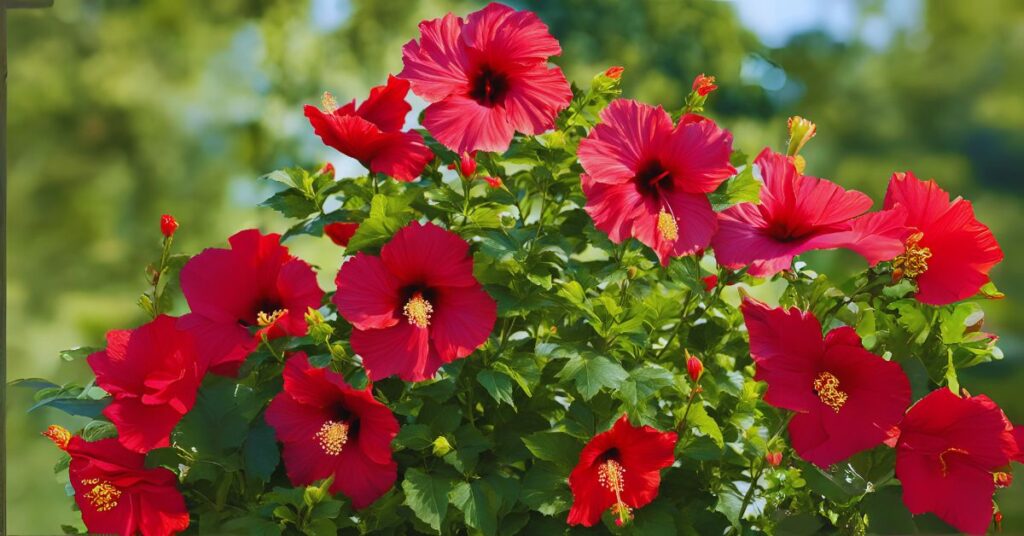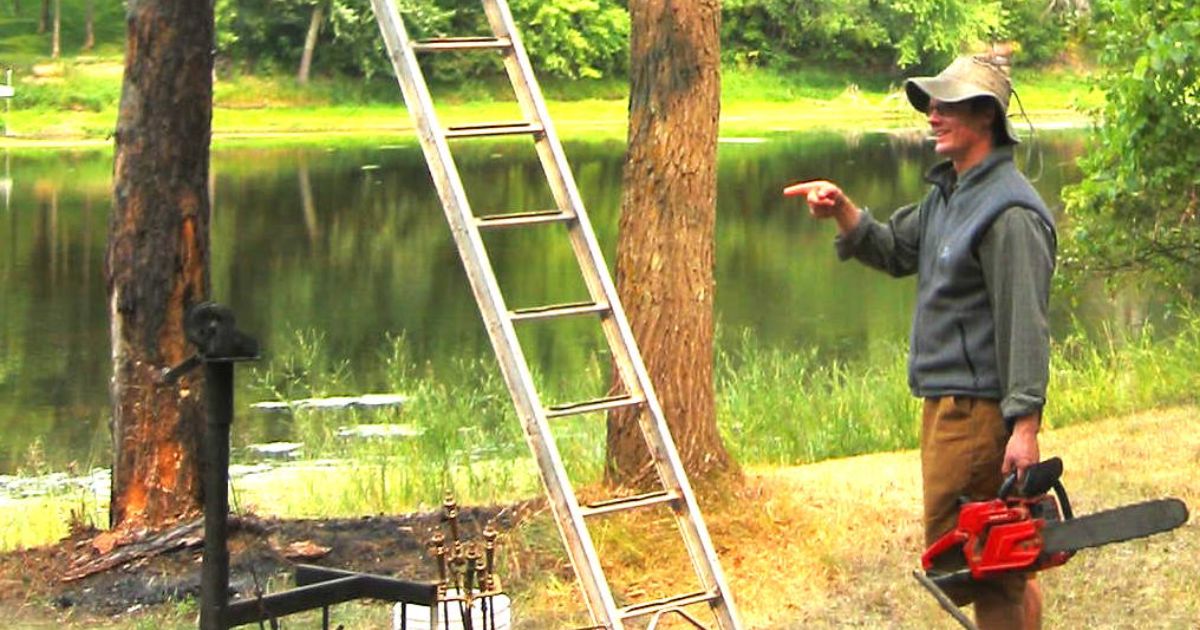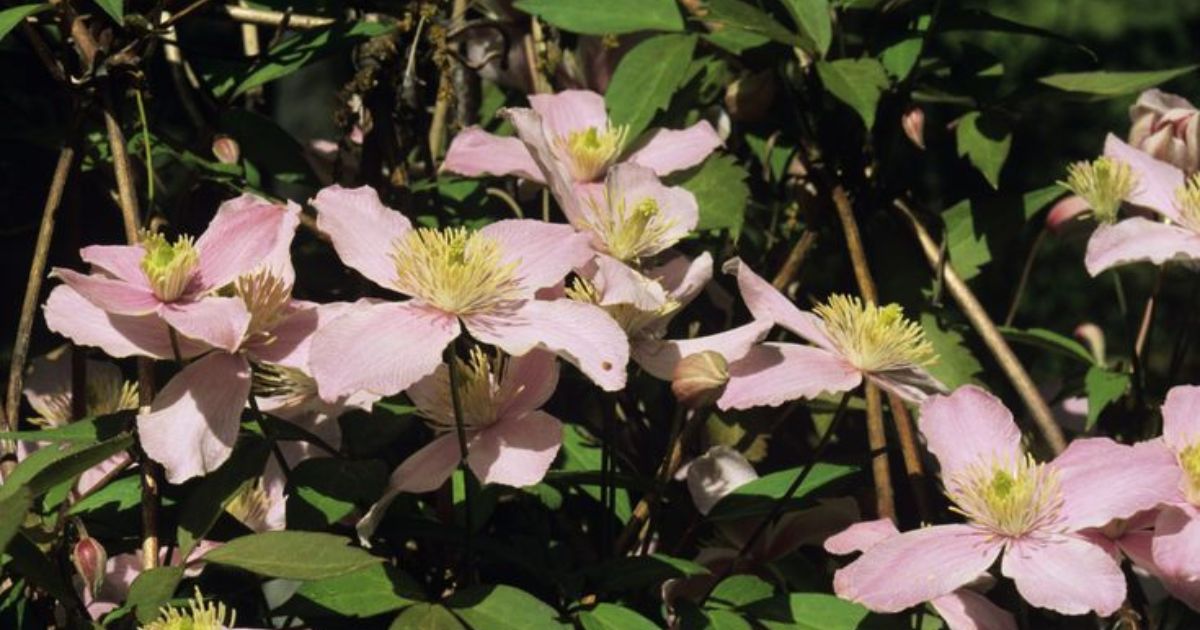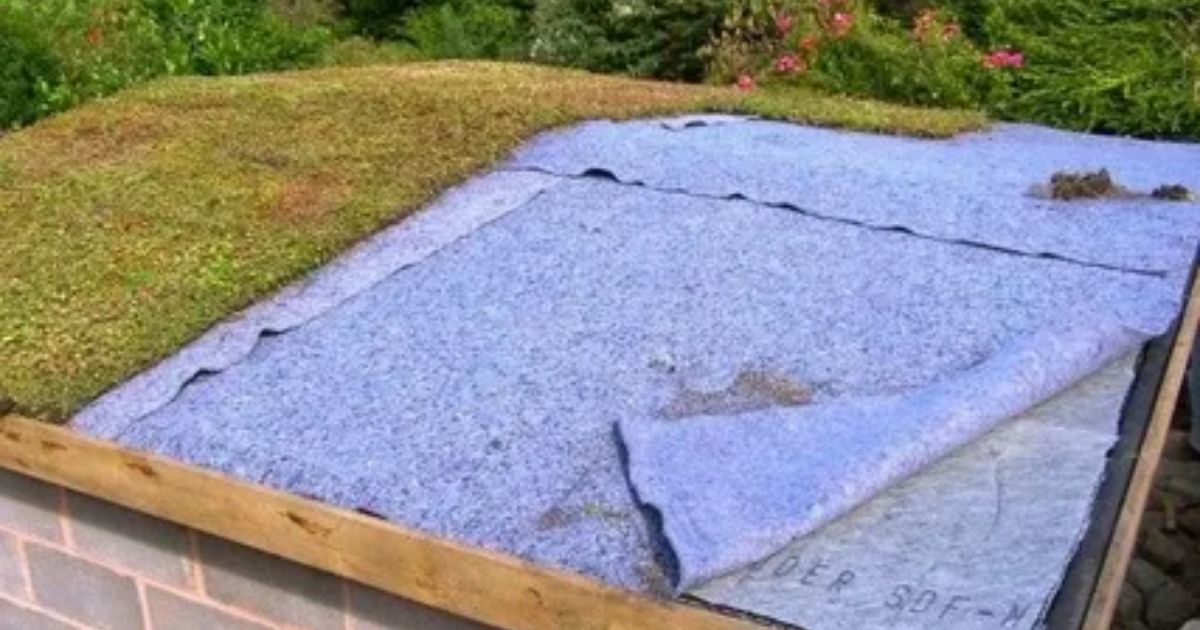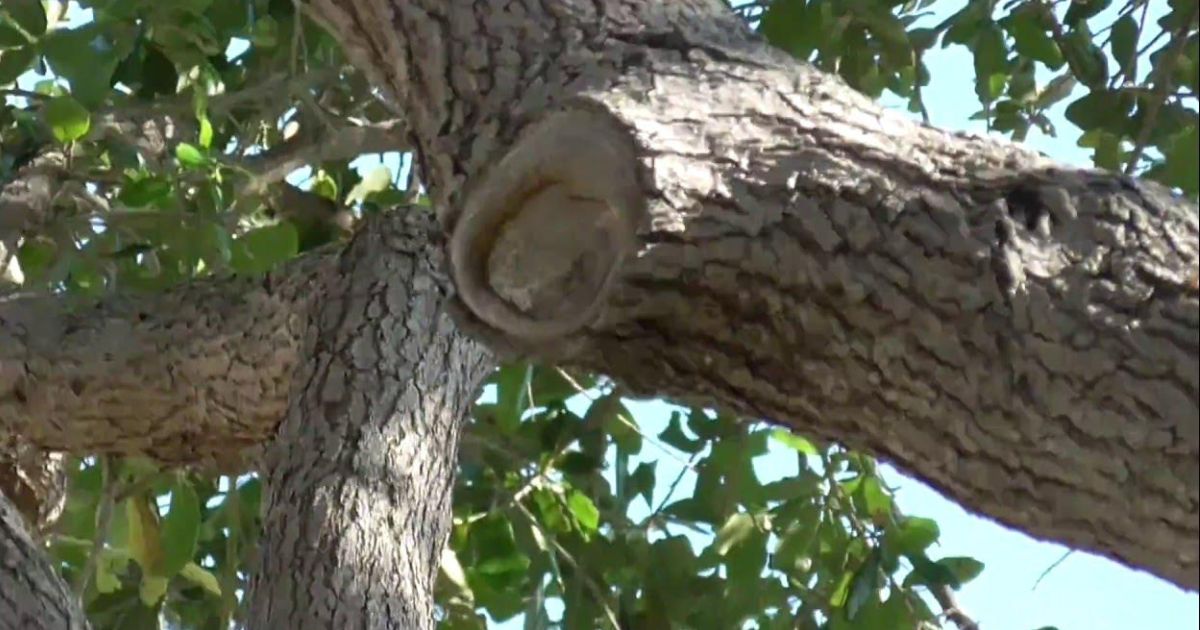How to Grow Hardy Hibiscus is the first flower that springs to mind when you think of a tropical bloom. Hardy hibiscus, a cousin of the picky Hibiscus rosa-sinensis, may survive for years in northern temperatures with the proper care. However, tropical vs hardy hibiscus is notorious for being easily damaged by frost and extreme heat. The resilient hibiscus, sometimes called Hibiscus moscheutos or rose mallow, is a real show-stopper. Its vivid, dinner plate-sized flowers and deep reddish-green to burgundy foliage are guaranteed to make an impression.
The five-petaled blooms start as protruding, pointed buds that open into massive, colourful discs that fade after a day or two and are replaced by fresh flowers. Hibiscus won’t flower varieties are frequently studded with a contrasting “eye” in the centre of the blooms, even if most of them bloom in a single colour, usually white, pink, or red. The intense red colour of this eye, which contrasts sharply with some of the paler-toned petals, is frequently seen. Certain resilient hibiscus varieties even have faint flushes on the petal’s outer border, which gives the blooms a swirling or tie-dye appearance.
What Is Hardy Hibiscus?
Generally speaking, “hardy hibiscus” refers to Hibiscus moscheutos cultivars that have been cultivated to withstand lower temperatures than most Hibiscus species, which are primarily tropical. Another name for these hardy types is “perennial hibiscus,” meaning they reappear yearly. Even hardy hibiscus zone 4 gardeners may be able to locate cultivars appropriate for their growing conditions. However, most hardy hibiscus will consistently withstand winter temperatures as far north as zone 5.
Where to Plant Hardy Hibiscus?
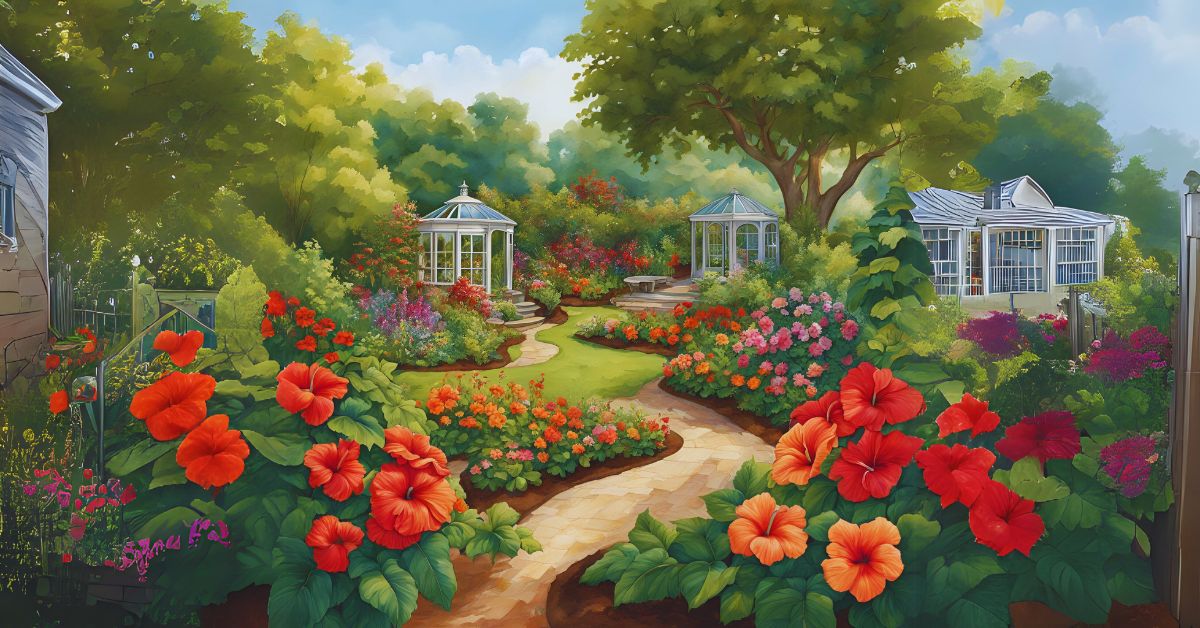
Hardy hibiscus is a fascinating addition to any garden because of its enormous blossoms. It thrives on moist to wet soils that receive plenty of sunlight because it is endemic to the marshes, swamps, and riverbanks of the southern and eastern United States. In colder climates, place your hibiscus where it will receive the most sunlight. Pick a place that offers protection from the strongest afternoon sun in warmer climates.
Once established, hardy hibiscus plants proliferate, enhancing perennial borders, seaside gardens, and cottage gardens with their vibrant hues. They also make excellent foundation plants along the side of a building or as a floral hedge.
Even when not in full bloom, these plants can make a big impression in a garden because they may grow up to 7 or 8 feet tall. Factory hardy hibiscus in the back of the border to avoid obstructing any of their smaller colleagues. Then, relax and watch for the fantastic blooms to start.
How and When to Plant Hardy Hibiscus?
Hardy hibiscus seeds should be started indoors about 12 weeks before the last frost. They should be transplanted in the spring after the risk of frost has passed. They can be transplanted in the spring or early fall or planted in a nursery.
Dig a hole twice as big as the plant’s existing pot and put the plant in the middle, with the root crown just at or slightly above the soil’s surface, to plant seedlings or established plants. Gently push down the earth as you add it, keeping the plant steady. Give it a good rinse.
Plants will not grow as well if packed too closely together, so if you are planting several plants or making a flowering hedge, leave at least two to three feet between each one.
What is the Cold Hardiness for Hibiscus Hot Shot?
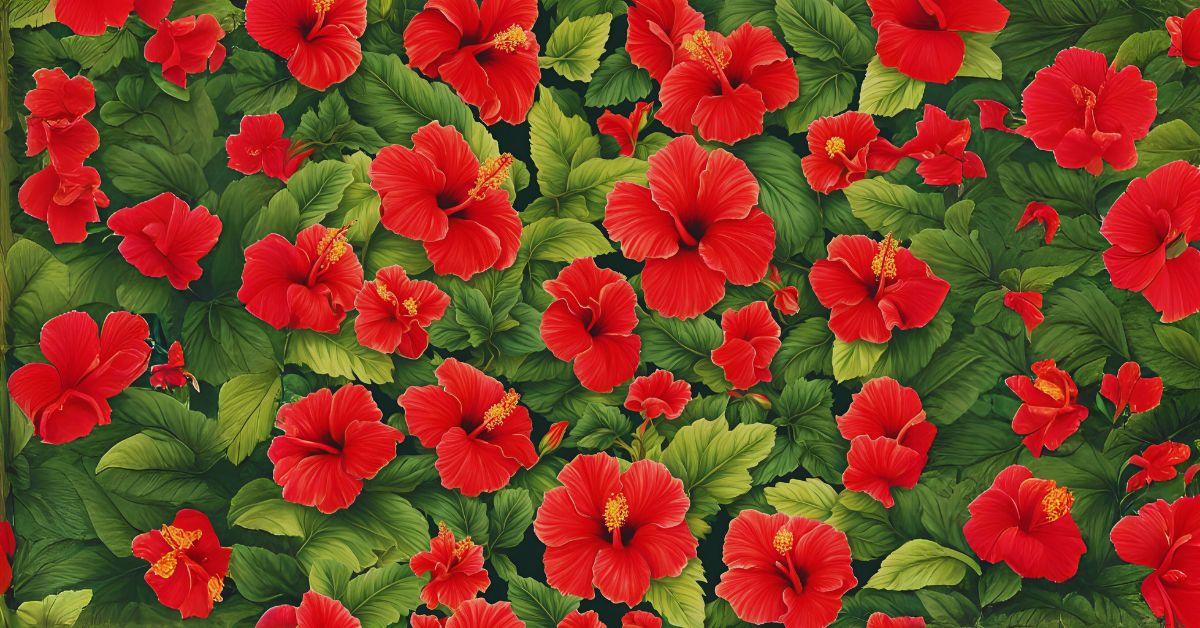
If you’re a plant enthusiast wondering about Hibiscus Hot Shot’s cold hardiness, you’re not alone! This stunning hibiscus variety is known for its vibrant blooms, making it a popular choice for gardens and patios. But before you plant one, it’s essential to understand how well it can tolerate cold temperatures.
The Hibiscus Hot Shot is a tropical hibiscus that thrives in warm climates. This plant is sensitive to frost and freezing temperatures regarding cold hardiness. Typically, the Hibiscus Hot Shot can handle temperatures down to about 40°F (4°C), but anything lower than that can cause damage. If you’re in an area where winters are colder, consider growing this hibiscus in pots so you can bring it indoors during the frosty months.
You can take several precautions to ensure your Hibiscus Hot Shot survives the cold. Covering the plant with a frost cloth or a blanket can provide extra protection. Mulching around the base of the plant also helps retain warmth in the soil. However, it’s always a good idea to check the cold hardiness of Hibiscus Hot Shot to ensure your specific climate is suitable for this plant.
In summary, what is the cold hardiness of Hibiscus Hot Shot? It’s best in warm temperatures, with minimal tolerance for cold. With a bit of care, you can enjoy the vibrant beauty of this hibiscus year-round!
How To Prune Hardy Hibiscus Plants?
Regular pruning is not necessary for perennial hibiscus. While not required, spent flowers can be removed to keep plants neat. By making your pruning cut slightly past the point of the broken or dead plant portion, you can trim a stray or broken branch at any time of year.
It is advised to prune every year in the spring as new development begins to appear. At this point, trim off any dead plant portions with loppers or sharp bypass hand pruners. Plants typically die back to the ground in colder areas.
How to Plant Hardy Hibiscus?
When to Plant
The optimum time to plant hardy hibiscus is in the jump, once the risk of frost has passed. If not, you can begin hibiscus seed cultivation indoors 12 weeks before the anticipated last frost date.
Where to Plant
The ideal growing conditions for hardy hibiscus are full sun and acidic, well-drained soil supplemented with compost. In hotter climates, if grown in full sun, consider shading it to protect it from the intense heat. Compared to its full-sun version, a hardy hibiscus cultivated in partial light throughout the day may yield fewer blooms.
Spacing, Depth, and Support
Hibiscus plants, which may reach heights of 72 inches and widths of up to 3 feet, should be buried 2 to 3 feet apart. Plant seeds in soil that drains well, about 1/2 inch deep. During germination, keep the temperature warm and the humidity high.
When transplanting, ensure the stem’s base is parallel to the soil line. Backfilling your planting hole with earth will help you maintain alignment and achieve the ideal planting height. The hole should be two to three times bigger than the existing container and as deep as your planting container. After placing new soil in the hole, backfill with it.
Hardy hibiscus develops strong, woody stalks and seldom requires stakes or support. However, a grow-through support grid system might require teaching the stems to stay upright if they become lanky or limp from a lack of light.
Hardy Hibiscus Care
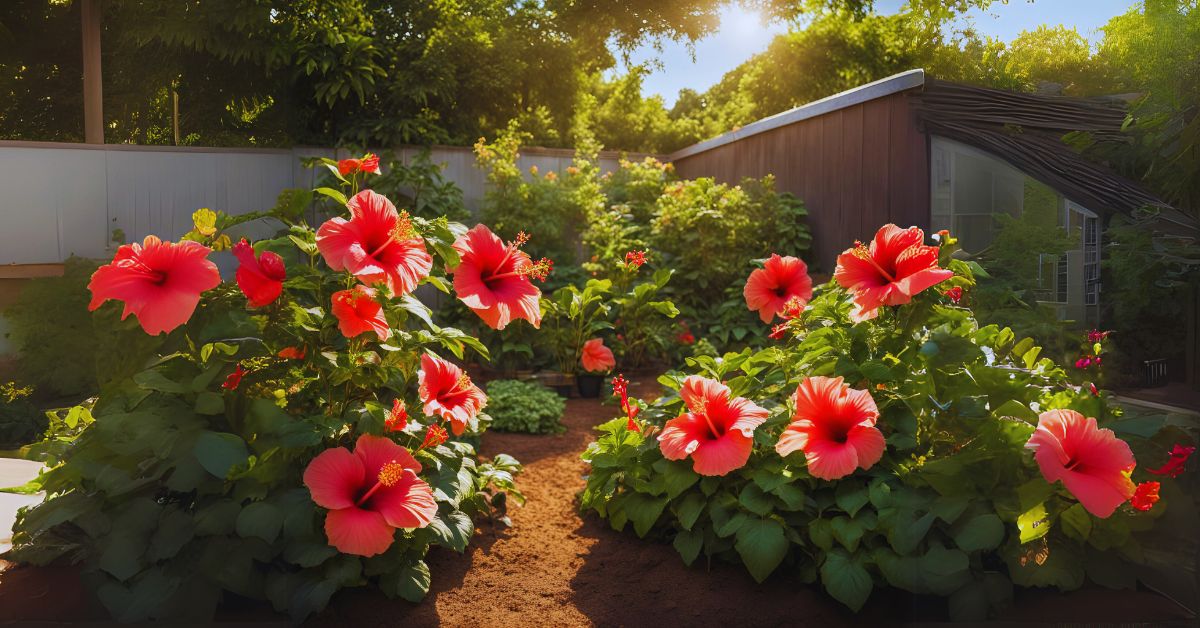
Here are the primary care requirements for growing a hardy hibiscus:
- Plant in full sun; it may get lanky if kept in partial light all day.
- You can anticipate these plants will flourish in an acidic, well-draining soil area supplemented with compost.
- Give water to hardy hibiscus daily, or at least 1 to 2 inches each week.
- When the temperature falls below freezing, bring hardy hibiscus indoors or cover it with winter covers.
- Apply slow-release fertilizer three times a year or fast-release fertilizer once a week; do not fertilize during the winter dormant season.
Light
Your sturdy hibiscus plant needs at least six hours of whole light daily to blossom as best it can. But if you live in a hot, dry region, give your resilient hibiscus some respite from the scorching afternoon heat by growing other leafy plants close by to provide shade or by placing them in an area that receives light afternoon shade. Hibiscus plants should be positioned close to a sunny window, ideally one that faces southwest. You can use grow lights if that isn’t enough for your hibiscus.
Soil
Being wetland plants, hardy hibiscus is perfect for damp spots on your property where it could be challenging to grow other plants that don’t need as much moisture. Additionally, they thrive when planted near ponds and other water features. If the soil in your landscape lacks organic matter, amend the planting area with organic compost before planting. Hardy hibiscus plants need soils that are rich in organic matter.
Water
If you cannot find hardy hibiscus plants in a damp landscape area, ensure they receive enough water, but not too much. Usually thirsty, a resilient hibiscus requires at least 1 to 2 inches of heavy watering every week. Almost daily watering is needed. Small plants with fewer leaves use less water than huge, lush plants. When the soil 1 inch deep is dry, it’s a good sign that your plant needs water.
Temperature and Humidity
Despite having huge blooms that seem to belong in the tropics, resilient hibiscus bushes can withstand chilly temperatures. Temperatures between 65 and 75 grades Fahrenheit are ideal for hibiscus flowering. Before the temperature drops below 32 degrees Fahrenheit, bring plants indoors, but be careful—low humidity can quickly cause them to dry up. Plants can be kept outside but require winter wraps, such as a tarp or burlap, to protect them from the cold winds. Simple Steps To Save Your Conquer Blossom End Rot And Save The Harvest
Place per pot on a pebble tray filled with water, or spritz the leaves daily if you keep your hardy hibiscus indoors for the Winter. As the water evaporates, the humidity surrounding the plant will increase. A modest space humidifier will also raise your home’s humidity levels.
Fertilizer
Hardy hibiscus plants require frequent feeding and an abundance of nutrients. Apply a slow-release fertilizer three times a year, including in early spring, after the first bloom, and midsummer, or a diluted liquid fertilizer once a week to your plant.
Types of Hardy Hibiscus
Some of the most typical hardy hibiscus plants vary in size and bloom:
- Hibiscus moscheutos ‘Lady Baltimore’: This can reach heights of 4 to 5 feet/widths of up to 3 feet. It has red-centered, light-pink blooms.
- Hibiscus moscheutos ‘Robert Fleming’: When fully grown, this little variety stands between two and three feet tall and wide. It has enormous velvety crimson flowers.
- Hibiscus moscheutos ‘Summerific Perfect Storm’: The dark purple foliage of this compact, well-branched cultivar can reach a height of 3 feet/a width of 4 feet. It has a crimson eye on its big 7-inch whitish-pink flowers.
Pruning
Cut hardy hibiscus back to 4 to 6 inches of growth in the fall/spring before new growth appears, as it dies to the ground in the Winter. New growth will sprout from the root system, which will last the Winter. Use loppers, a more substantial cutting instrument, to prune these woody stems.
Propagating Hardy Hibiscus
Propagation by stem cuttings is the most effective method for obtaining a duplicate of the parent hardy hibiscus plant. Propagate using this technique in the spring or early summer for optimal effects. Take these actions:
- Remove any blooms or flower buds from the node region and cut a 3- to 5-inch-long piece of softwood or new growth.
- After adding some rooting hormone to a shallow dish, wet the stem’s cut end and dip it into the powder.
- Make sure the hole you make with your finger is large enough to prevent the rooting hormone from rubbing off when you insert the cutting into the moist growing media. Water thoroughly and tamp down the dirt surrounding the cutting.
- Cover and a plastic bag should be in a warm climate (60 degrees Fahrenheit or more).
- New leaves ought to emerge after eight weeks. After its root system has grown, report the cutting into a bigger pot. Plant it in the ground after the spring’s final hibiscus frost tolerance.
Common Problems with Hardy Hibiscus
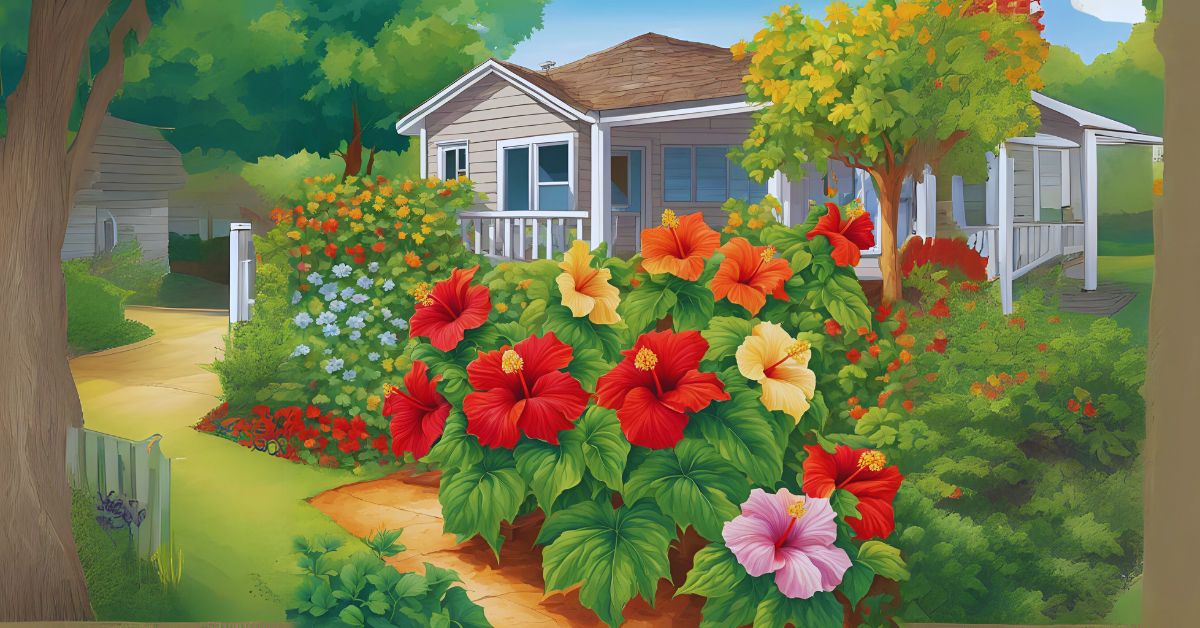
Yellowing Leaves: Abrupt fluctuations in air temperature, drafts, or soil moisture can cause hibiscus plants to produce yellow leaves. Expect yellowing leaves in late fall, a natural method for the plant to go into winter hibernation. Unseasonal yellowing may indicate inadequate fertilizer or excessive watering.
Dropping Flowers or Buds: When they open, buds only survive two days at most, after which they fall to make room for new blooms. However, severe weather, poor soil, unexpected drafts, and inadequate sunlight can all contribute to buds dropping before they bloom. For healthy bud development, temperatures must be between 65 and 75 degrees Fahrenheit.
Sudden Wilting: If the leaves and flowers appear to be fading, remove the plant from direct sunlight and thoroughly water it. However, if the soil is too damp, the plant may have a wilt disease, typically brought on by a fungus.
Make an effort to revitalize the plant by misting its leaves daily for at least one week. Over time, gradually move the plant to full sun if the leaves begin to perk up. Include fertilizer in your watering schedule. You can attempt to bring the plant back to life in this manner for as long as a month, but in a severe fungal infection, there’s a good chance it won’t.
Pests: Aphids, Japanese beetles, and whiteflies are among the pests that hardy hibiscuses may face, which can harm the foliage.
Fungal Diseases: Conditions like rust, blight, and leaf spots might appear, particularly in areas that are too damp. To avoid these problems, avoid overhead watering and ensure adequate space for air circulation.
Leaf Drop: Hardy Hibiscus may suffer from leaf drop in colder locations or during abrupt temperature changes. Because it is frequently transient, this should be fixed with stable conditions.
Floppy Growth: Hardy Hibiscus may become lanky and floppy and produce fewer flowers if grown in excessive shade. For best growth, make sure they get full sun to light shade.
Poor Blooming: Insufficient light, an improper soil pH, or nutrient shortages could cause the plant to bloom poorly. Verify the soil conditions and ensure the plant receives adequate sunshine.
Winter Damage: Even Hardy Hibiscus may be harmed in harsh winters. In late autumn, spread mulch around the base to insulate against severe cold.
How to keep Hibiscus Over Winter | What do Hibiscus look like in Winter
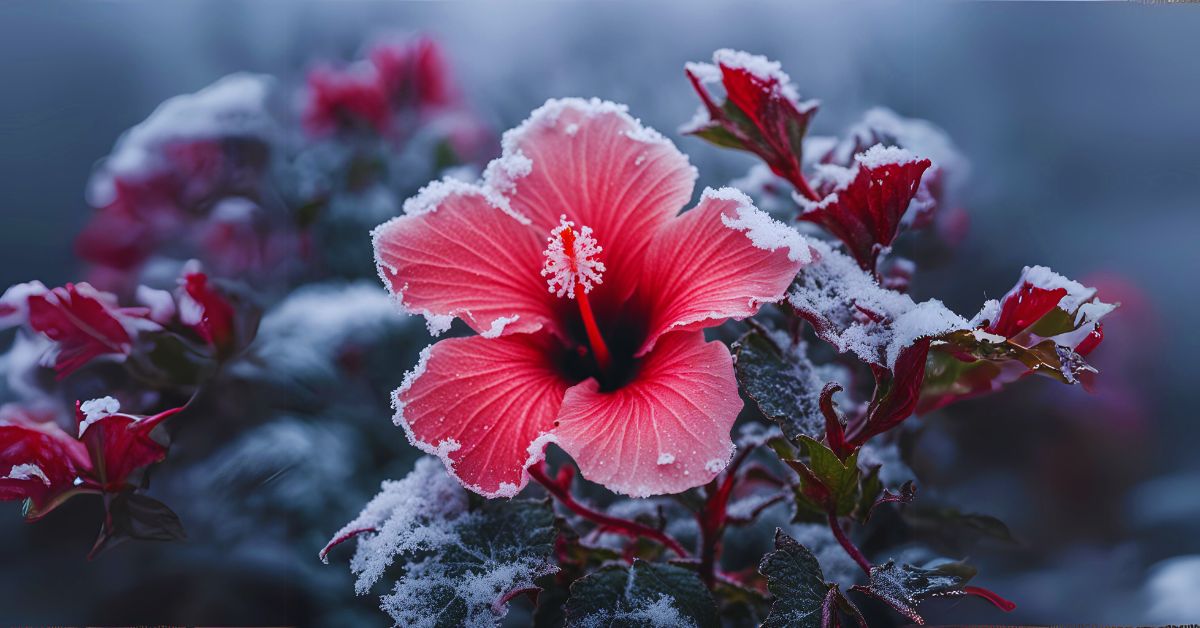
Because they are dormant (have no leaves) in the Winter, hibiscus plants growing in the ground don’t need any extra attention.
Note: We advise delaying pruning Confederate Rose until early to mid-spring, just as or soon after the emergence of new leaves. At that point, trim off any dead plant portions.
If the temperature stays above 20 degrees Fahrenheit, Confederate Rose Hibiscus plants grown in pots can be safely left outside. Otherwise, we advise relocating the pot to an unheated interior location that remains above 20 degrees, like a garage or shed, until the temperature rises again if temperatures are predicted to fall below 20 degrees F. The plant may start dormancy if you must keep it in a hot indoor environment. In this situation, it may be necessary to postpone moving the plant outside until low temperatures in the spring are predicted to remain above 60 degrees Fahrenheit.
Frequently Asked Questions
What is the lifespan of a Hardy Hibiscus Shrub?
In general, hibiscus plants have a lengthy lifespan. Hardy hibiscus may survive for almost 20 years.
Can Hardy Hibiscus be Extended Indoors as a Houseplant?
Hardy hibiscus is best left outside, but many tropical hibiscus plants can be grown indoors as houseplants. One reason is that they can become out of hand indoors and won’t blossom if they aren’t exposed to full sunshine.
What is the Contrast Between Hardy Hibiscus and Hibiscus?
“hibiscus” generally refers to a large genus of flowering plants containing hardy and tropical species. Native to warm climates, tropical hibiscus grows best in USDA Zones 10–12. Species and hybrids that can tolerate colder conditions are called “hardy hibiscus,” a subclass of hibiscus that is usually hardy in USDA Zones 4–9. In frigid climates, they frequently die down to the ground and resprout in the spring because they are adapted to withstand winter temperatures.
Is a Hibiscus a Perennial or an Annual?
Species like Hibiscus moscheutos and Hibiscus coccineus, which are native to the United States, are frequently referred to as “hardy hibiscus.” These plants are suited to colder areas and are usually big, with blossoms the size of a dinner plate. Rose of Sharon (Hibiscus syriacus) is a distinct species with more shrub-like growth and smaller, less striking blooms, which is frequently confused with Hardy Hibiscus. It is indigenous to East Asia and more resilient to arid environments.
It looks like my Hardy Hibiscus didn’t survive the Winter. What did I do wrong?
Maybe you haven’t done anything wrong. Don’t worry just yet if spring hasn’t arrived yet. Especially in cooler climates, hardy hibiscus plants are notoriously reluctant to emerge in the spring and may not appear until early summer. Watch for indications of fresh growth and trim back any old woody stems before new foliage appears.
Can I use Hardy Hibiscus Blooms for cut Flowers?
You absolutely can, and considering their size and vivid colour, it might be very alluring, but the blossoms will die even more quickly in a vase and barely last a day or two on the plant.
How long do Hardy Hibiscus Plants live?
When given the proper care, Hibiscus moscheutos plants have a 15–20-year lifespan.
Why did my Hardy Hibiscus die?
Rotten stems can result from hibiscus blossoms that are about to fall but are encased in leaves or stems. It occurs often when fungi like Botrytis are present in cool, humid areas during the fall and Winter.

